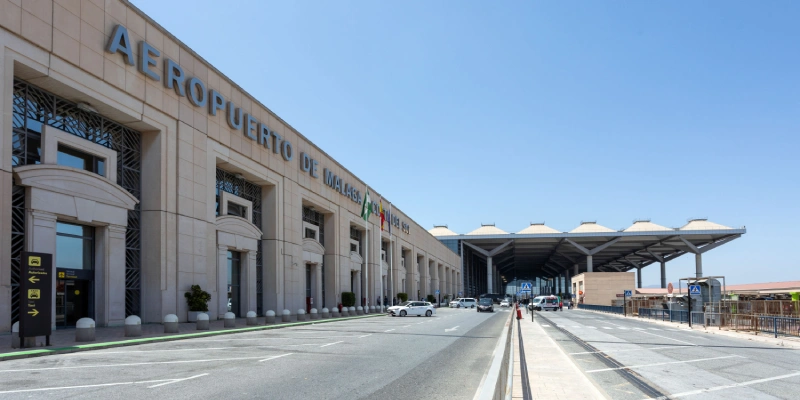The Málaga-Costa del Sol Airport is set to undergo its most significant transformation since the inauguration of Terminal 3 in 2010. Aena’s Board of Directors has approved a €36.5 million tender for technical assistance to draft the expansion project. This decision marks the starting point for a strategic initiative, with an estimated total investment of €1.5 billion.
The expansion will be part of the Airport Regulation Document (DORA III), Aena’s investment plan for the period between 2027 and 2031. This roadmap aims to increase the airport’s capacity to meet growing demand while elevating standards of quality and operational efficiency.
Dual Goals: Growth and Quality
The new plan has two clear objectives: equipping Málaga Airport with the infrastructure needed to handle higher passenger volumes and operations, and ensuring compliance with regulatory requirements—all without compromising the passenger experience.
The technical assistance team will produce a key document that will serve as the foundation for the project’s design and execution. This step is critical, as airport operations will remain uninterrupted during construction. Precise planning will ensure efficient coordination of each phase while minimizing disruptions to daily airport activities.
→ TSA Removes Requirement to Remove Shoes at U.S. Airport Security Checkpoints
New Infrastructure: More Space, Greater Efficiency
Key planned improvements include:
Terminal and Operations:
- A new non-Schengen pier with centralized border control.
- Additional contact stands for aircraft, enabling direct boarding and disembarking via jet bridges.
- Expansion of the security checkpoint area to streamline passenger flow.
- Redesign of the baggage handling system to improve ground handling operations.
Commercial and VIP Spaces:
- A 41% increase in retail space within the terminal.
- A 43% expansion of VIP lounge areas, enhancing offerings for premium travelers.
Airfield and Access:
- Construction of new taxiways to optimize aircraft movement between runways and aprons.
- Upgrades to access roads, landscaping, and parking capacity, modernizing the passenger experience from arrival.
A Project Aligned with Sustainability
Aena has reiterated its commitment to environmental responsibility. According to Maurici Lucena, the company’s Chairman and CEO, all work will adhere to “the most stringent and comprehensive environmental standards available.” The company aims to combine connectivity, quality, and sustainability, promoting modern infrastructure that respects the surrounding environment.
The airport expansion not only addresses operational needs but also positions Málaga as a strategic hub for tourism and air transport in southern Europe over the next decade.
Related Topics
Pakistan Advances Privatization of PIA After Intense Bidding for 75% of Airline
China Eastern Becomes World’s First Airline to Receive a C919 Simulator
IndiGo Under Scrutiny by India’s Antitrust Authority After Mass Flight Cancellations
Star Air Evaluates Purchase of Embraer Aircraft to Bolster Its Growth in India
Plataforma Informativa de Aviación Comercial con 13 años de trayectoria.
